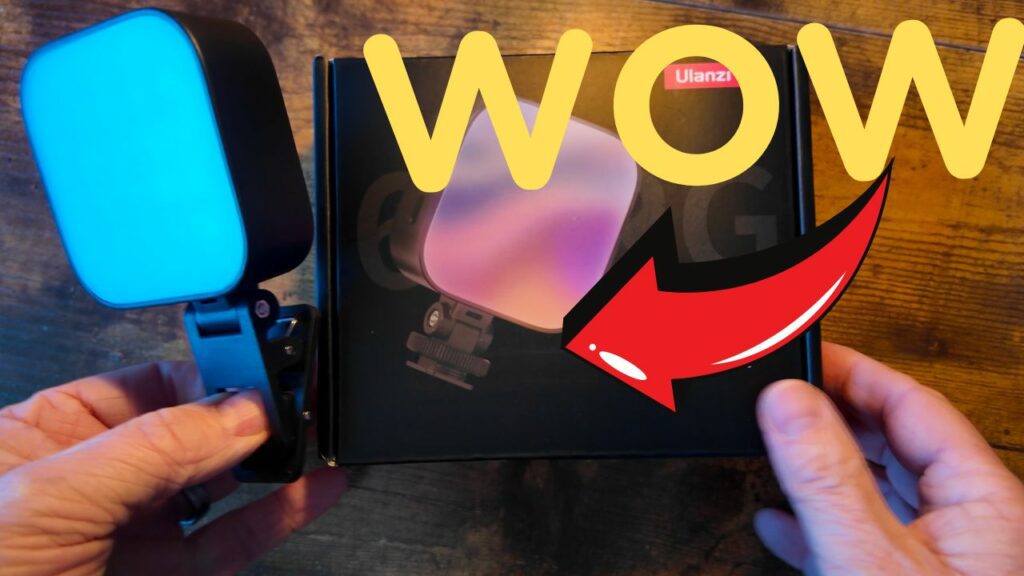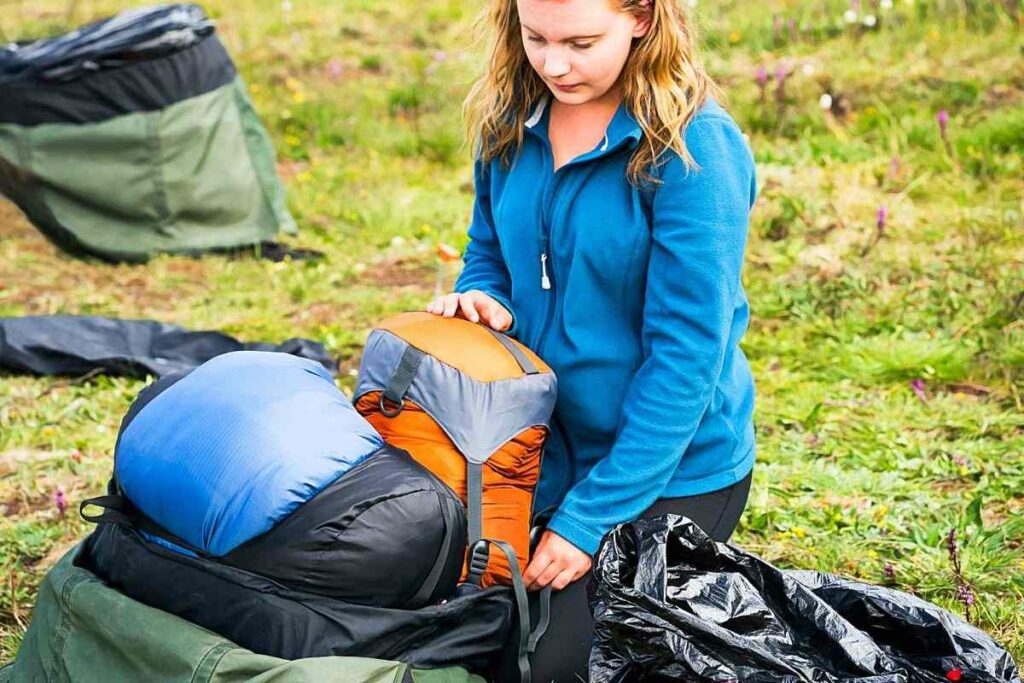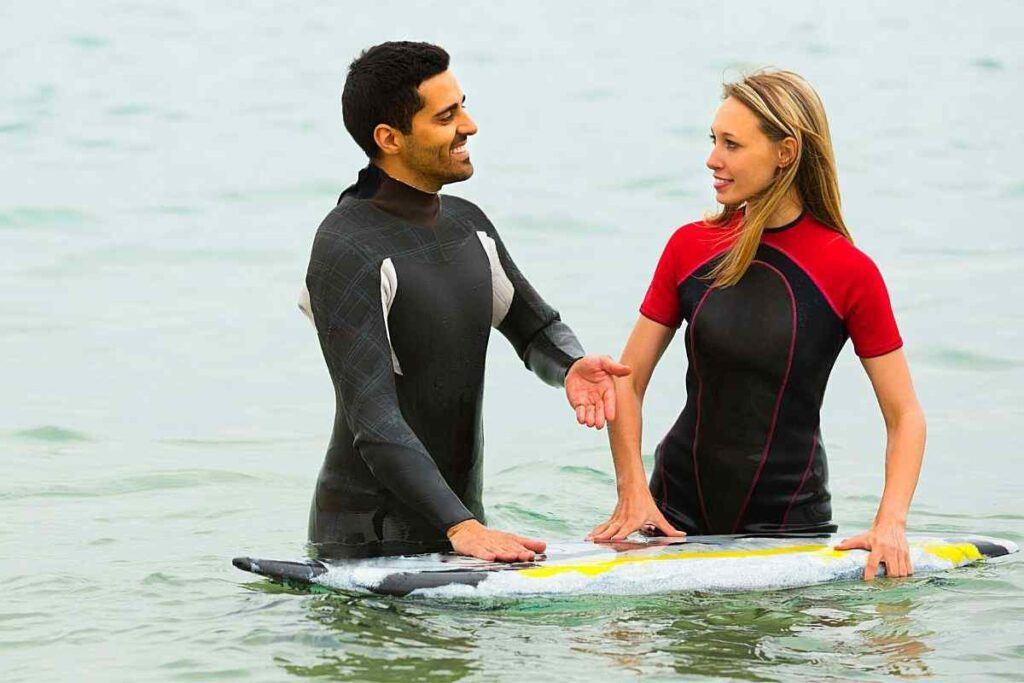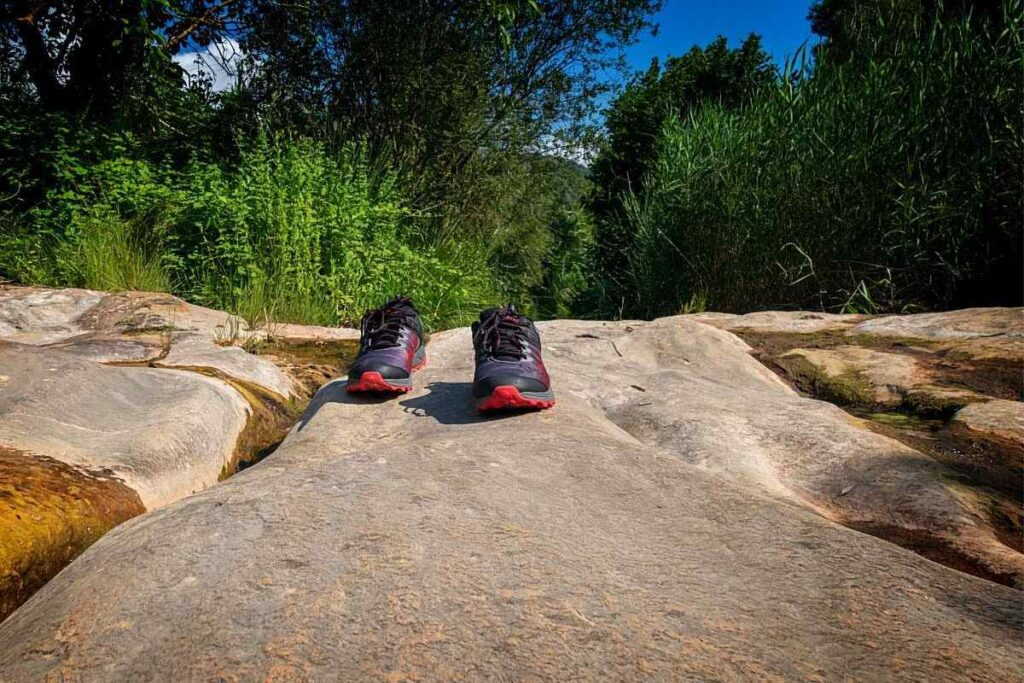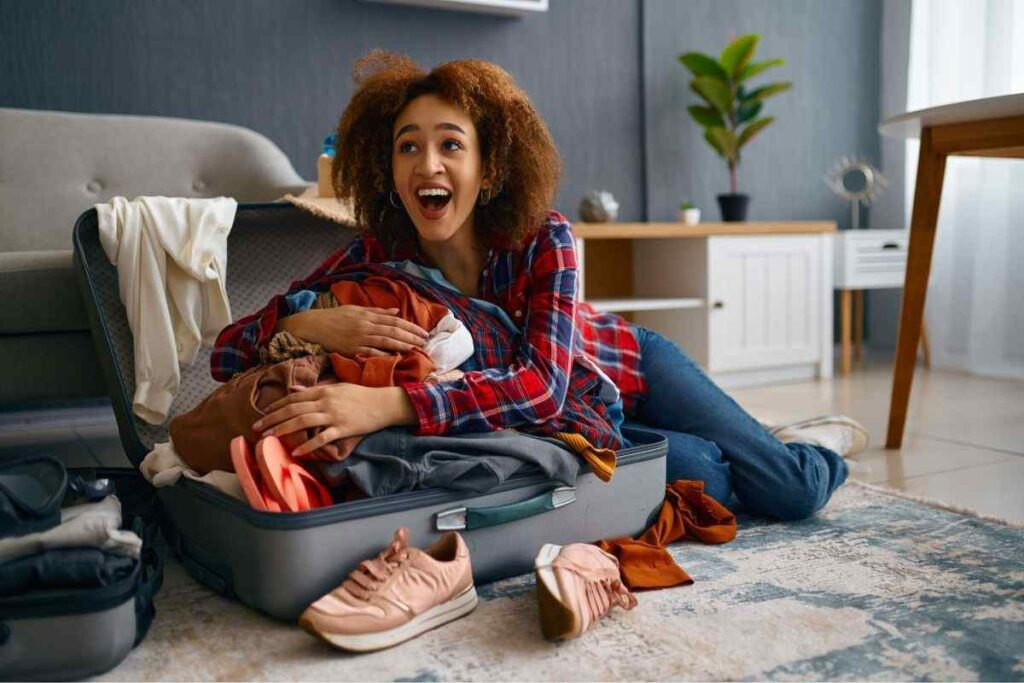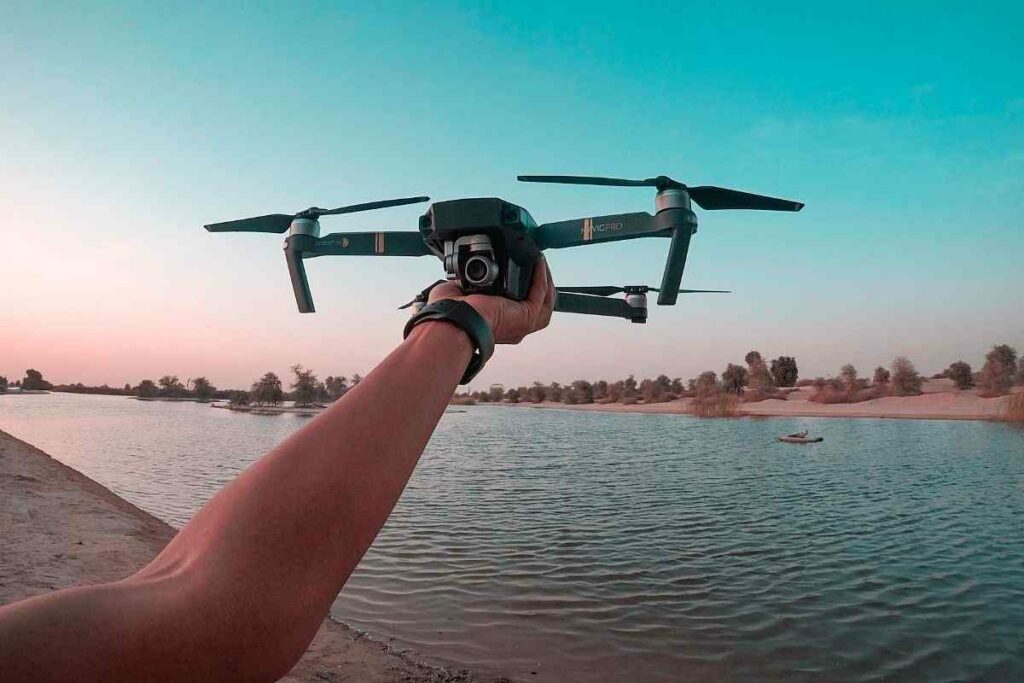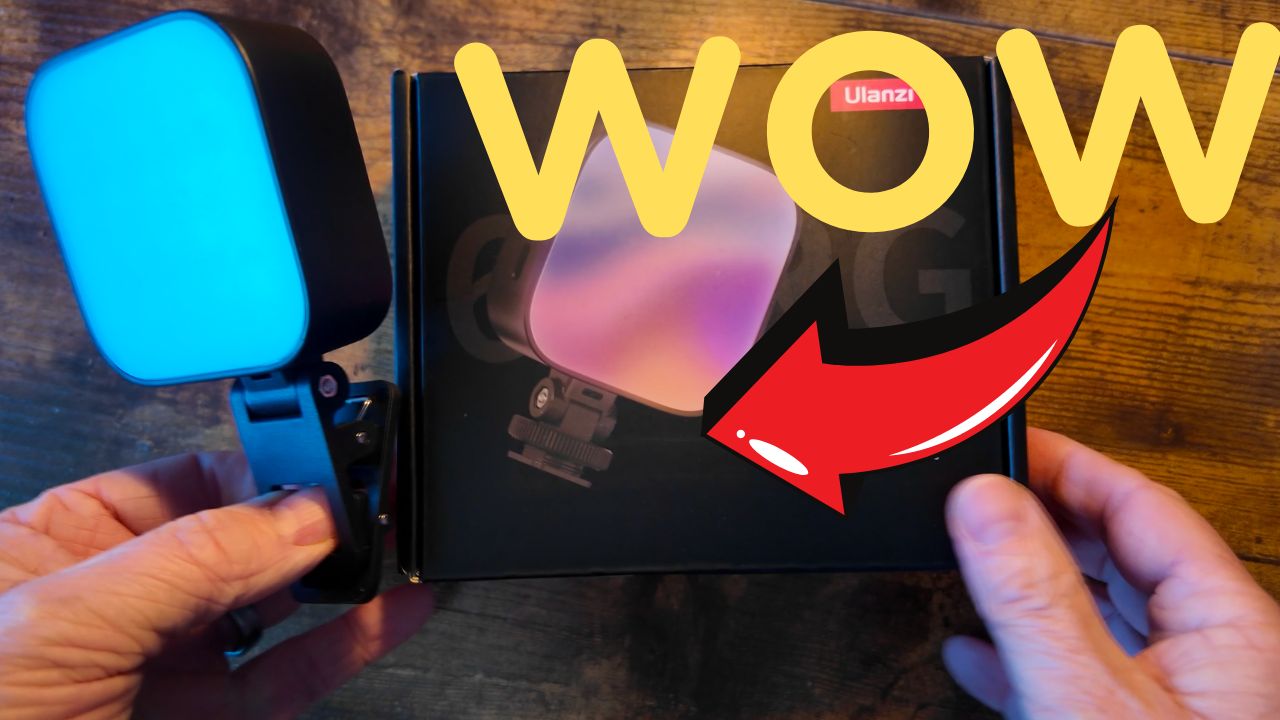We’re here to answer the question about what piece of safety equipment is required on every canoe and kayak and aid you with your selection of some personal flotation devices and provide you and your loved ones with peace of mind while you are out on the water.
Safety
If you love the water, then it’s a good idea to take safety seriously.
After all, our seas, lakes, and rivers are beautiful but they can be dangerous too.
That’s why every kayak and canoe should have a few essential pieces of safety equipment on board at all times. You never know when you might need them.
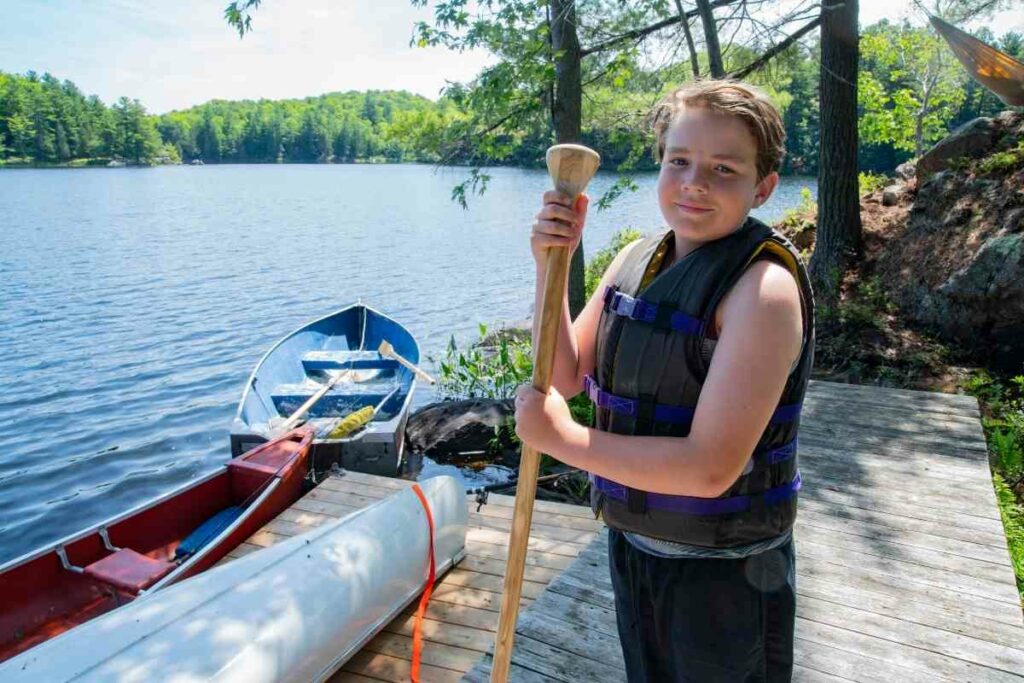
To make sure that your vessel is up-to-date with current regulations, always double-check what pieces of safety equipment are legally required before heading out onto the water.
And if you want to go even further in terms of protecting yourself from harm, there are some additional steps that you can take as well: making sure that everyone is wearing their life jacket (PFD) for starters.
List of Safety Equipment is Required on Every Canoe and Kayak
- Personal Flotation Device
- Communications
- Signals
- Whistles and horns
- Flares
- Flashlights
- Navigational Lights
- Rescue equipment
- Visual Distress Signals (VDS)
Flotation Device
The flotation device is easy to understand and use, and it will help you stay afloat if you should capsize.
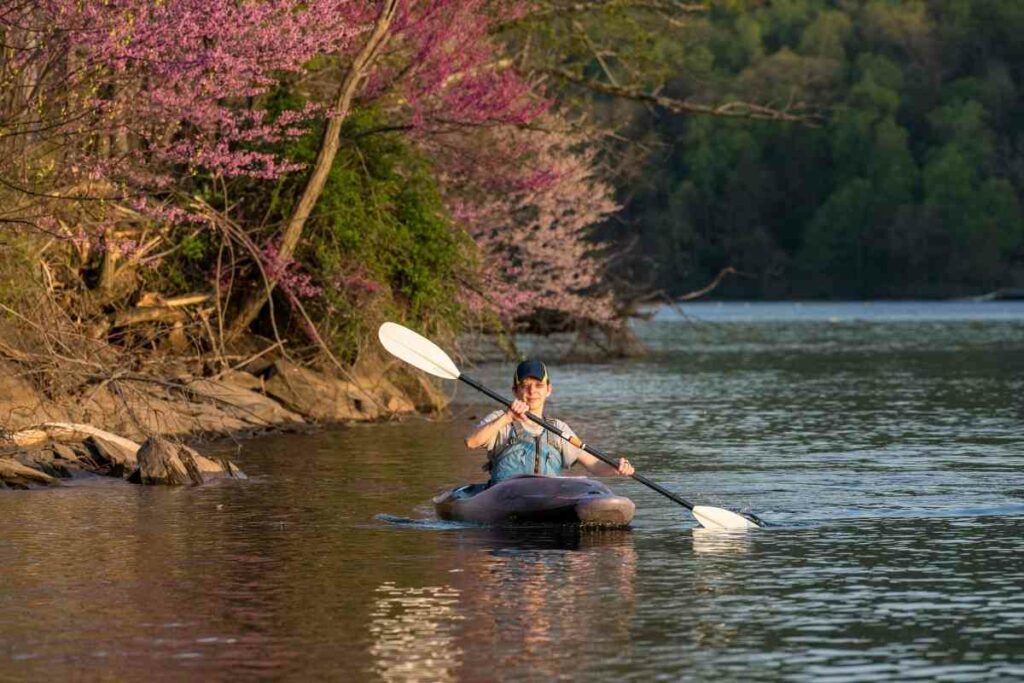
The flotation device should be your first line of defense against unforeseen circumstances or an accidents that may happen.
Your personal flotation device (PFD) has a number of different uses and but it is your legal obligation to wear one in most bodies of water in most states.
A PFD is a piece of equipment that you should never go into the water without wearing.
It would be best to pack one for any kayaking or canoeing trips you go on.
Is a Life Jacket a PFD? What is the difference between a PFD and a Lifejacket
Heading onto the water you should know if your equipment is right for you.
Knowing the difference between a personal flotation device and a lifejacket is paramount based on your abilities in the water.
Personal Flotation Devices (PFDs) are more pleasant to wear than traditional lifejackets because they are intended to be worn all the time.
You would normally see Olympians in the laser class or other classes wearing PFDs as they don’t hinder movement in elite water sports.
Lifejackets, on the other hand, are generally bulkier, movement is more awkward but in the water, they will certainly keep you afloat and allow someone who is unconscious to auto flip to their back so that the person continues to breathe.
A bright color lifejacket is necessary to assist search and rescue crews to find you and most come with a whistle.
Choosing the Right PFD for You
Kayakers and canoeists have a lot of options for floatation devices.
Selecting the right one is not as simple as picking the first one you see – there are other factors to consider before purchasing a personal flotation device.
First, what type is best for you:
- A conventional life jacket can be worn in or near water, typically around 10 inches of water.
- For different uses, recreational kayaks may prefer the ventilated buoyant vest.
- For paddling on cold-water rivers in large rapids, wearing a spray skirt with an inflatable paddle guard PFD may be the best option.
- Some people also prefer to use inflatable PDFs in surfing conditions because they are easier to swim in choppy waves
There are five types of PFDs.
If you’re a kayak or canoe paddler and you’re not sure which type you need, it’s important that you do some research.
The differences between these PFDs can be crucial to your safety.
The US Coast Guard regulations require that any longboat (canoes and kayaks) each person wearing a PFD (Type I, II, III, or V in floatation rating).
Type 1
The first style of PFD, which is also popular as an offshore life jacket, is ideal for rougher seas, powerful currents, and lengthy waiting periods.
This is due to the fact that it is extremely light and noticeable, making it much simpler to be seen as being saved.
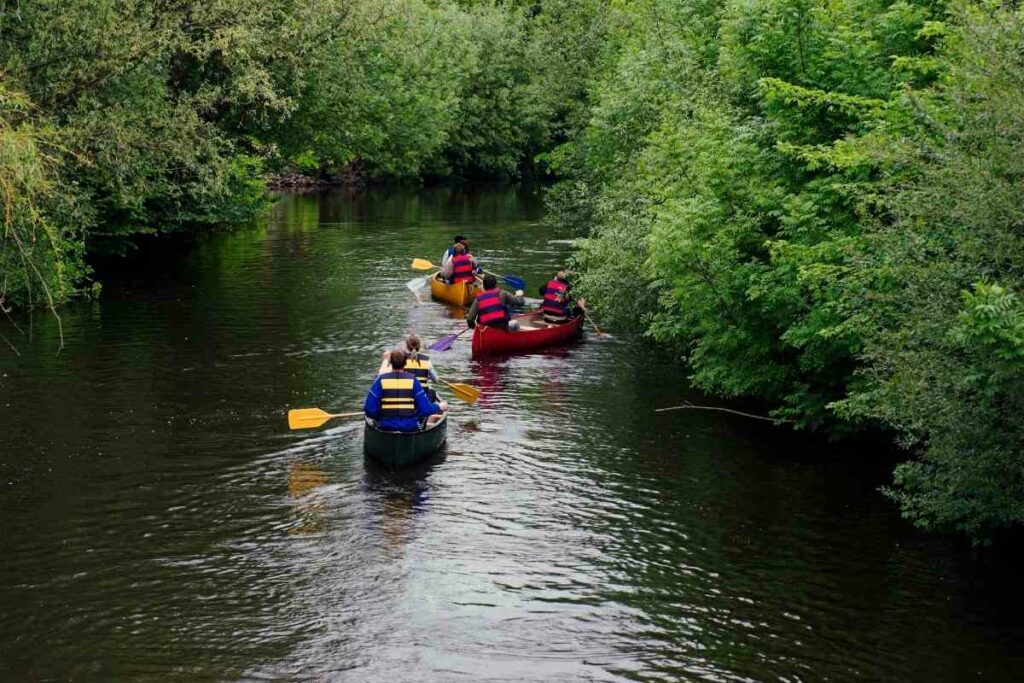
It’s also the most effective for unconscious individuals since it keeps the person face-up and helps prevents drowning.
Type 2
A type 2 PFD is designed to be worn by individuals who are in shallow waters and near shore.
It sacrifices buoyancy in order to be less bulky. The vest will turn an individual onto his or her back but it won’t float them as successfully as Type 1.
It is best to avoid rough and choppy water when wearing a device like a Type 2.
Type 3
Probably the most popular of PFDs, nearshore flotation devices are considered the most practical of all because they are less bulky and come in various styles.
You know that you’ll sacrifice some of the safety properties, but it is worth it for the peace of mind.
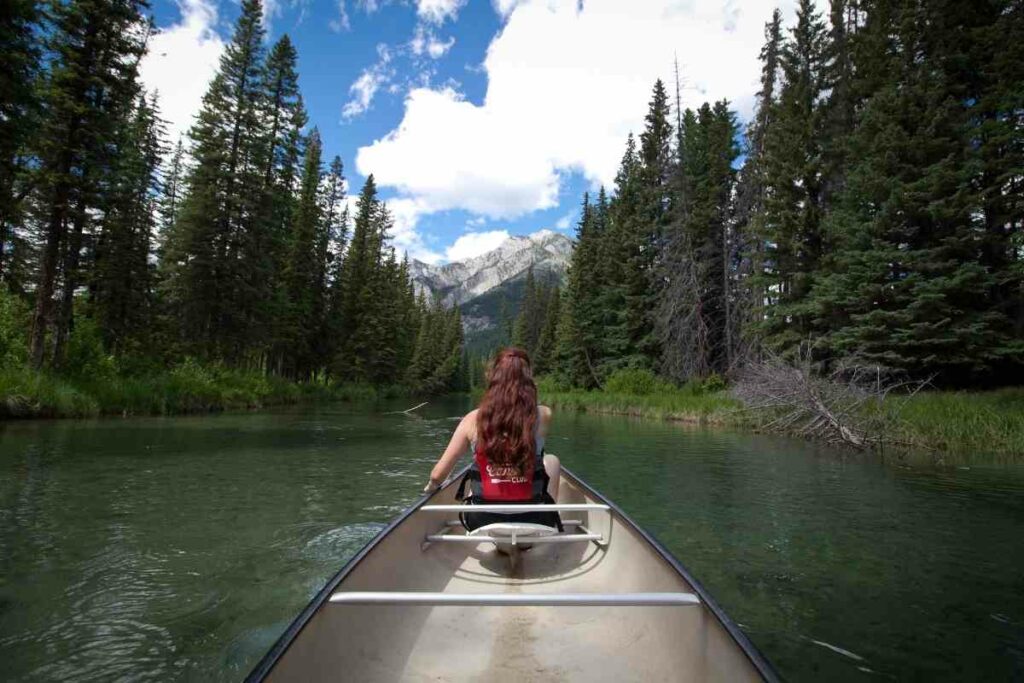
If you’re kayaking or canoeing near shore, please make sure to not wear one when there are strong currents or rough waters.
It is because you have to tilt your head back on purpose to avoid drowning.
Type 4
I’m sure you’ve heard the old saying, “An ounce of prevention is worth a pound of cure.” It’s true when it comes to water sports.
When I was kayaking and canoeing in my youth, we were told to wear our life jackets at all times because there could be moments where we would need them and not have time or the ability to put one on.
We also had a type 4 ring flotation device as an added extra just in case we fell off the boat and couldn’t get back up.
Thankfully this never happened!
The same thing can be said for your health just like us paddlers learned how to use their equipment, you should know how to use yours as well.
Type 5
It’s time to get serious about safety.
So, let’s talk Type 5 PFDs- the special use jackets for kayakers and canoeists that are optimized for their activity.
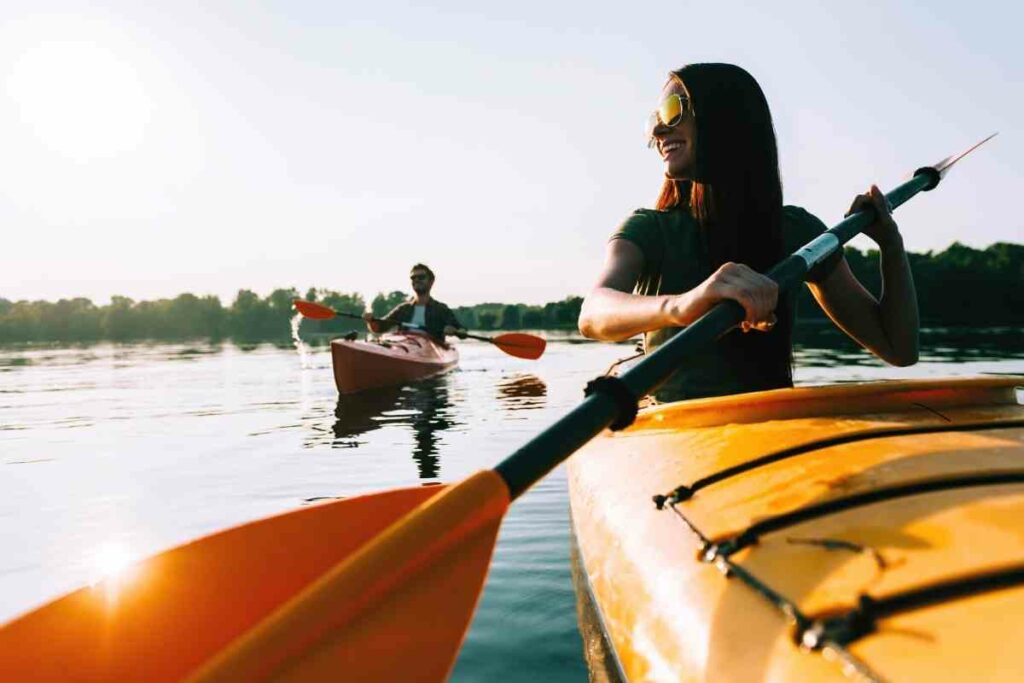
Commercial guest PFDs have a neck pillow to help keep the head above water, making those PFDs Type V.
Let’s start by talking about buoyancy: Type V PFDs offer 15-22 pounds of buoyancy which means they’re designed specifically for activities like kayaking or canoeing where you can end up in the water unexpectedly.
And unlike most other types of life jackets, Type V is good at staying on your body when you roll around underwater because it has a wider collar designed not only to fit snugly but also stay put.
Inflatable PFD Safety Integrity
For kayakers and canoeists, being safe out on the water is a priority.
The inflatable PFD (personal flotation device) is an important safety tool to make sure you stay afloat in the event of a capsize.
To avoid any issues with quality, it’s important to check your PFD before use for signs of holes, tears, and deformed padding.
It’s also important to check that your CO2 cartridges and other necessary items for emergencies are in good condition and appropriate for the length of trip you intend on taking.
For those interested in an inflatable life jacket because of its convenience and range of motion while wearing it, there are some benefits to consider.
The major reason people choose an inflatable life jacket over the traditional PFD level is peace of mind. If you are wearing an inflatable life jacket, in the event of a capsize, it will inflate automatically.
Piece of Safety Equipment is required on every Canoe and Kayak
Communication
Safety is of utmost importance in kayaking and canoeing.
While we all have mobile phones in this day and age, it’s worth considering that you may run into difficulty in areas at sea or an isolated riverbank in a state park where there is no cell coverage.
That’s why it is important to consider other social communication devices, such as a radio or a satellite phone which is also water-resistant.
Personal Alarms
It’s critical to be able to get assistance when you run into any issues.
The most effective method to accomplish this is both visually and audibly.
Since a child we were thought to should Help if in need of assistance. To aid this now, there are many personal alarms to aid detection in case of an emergency.
The sound-generating device is a Coast Guard requirement for vessels under 60 feet in length.
An effective sound-producing equipment must be installed in boats.
Whistles or horns
In many US states, a whistle and horn are requirement for your boat.
Do check your local code to be sure you are compliant. When using such whistles and horns, The sound should be loud enough to reach the beach clearly and should attract attention.
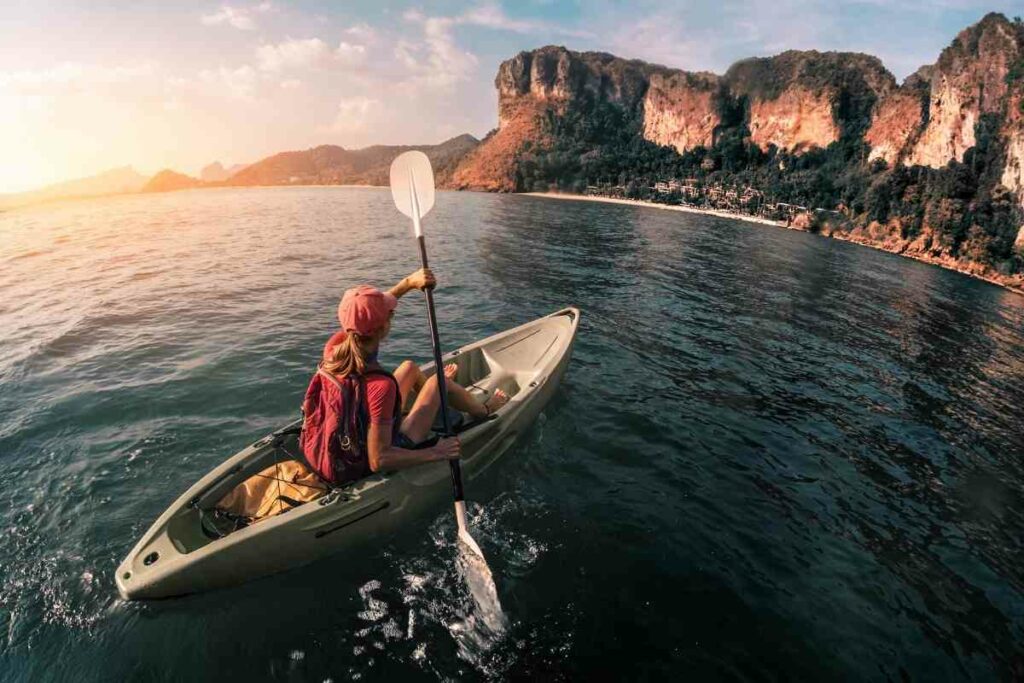
Whistles and horns are invaluable as your ability to continue blowing in a whistle or depressing a horn will far outlast your voice’s ability to continue shouting for help.
Besides a shrill blast of a whistle is very distinctive when for ears listing on the shoreline.
Flares
If you travel, you must have well over a nautical mile into the water.
Flares are unique for having someone’s attention visually, but it’s always lovely to bring enough, so you never have to depend on just one fit to get the job done.
Flashlights
The lantern is not only beautiful to assist you in utilizing the darkness, but it’s also a wonderful method to communicate from great distances.
Using light as a method of communications has been done for centuries; think lighthouses things smugglers!
Sorry, I read too much Enid Blyton as a kid.
Navigational Lights
A canoe may have waterproof lights on both sides, but most paddlers only bring a small flashlight since it can be readily transferred from one side to the other.
For any seafarer, it’s, important to mark your port and starboard when out on the water from dusk to dawn.
Rescue Equipment
It’s a requirement that you have some basic yet essential tools available to you on your vessel, be it a kayak or canoe or any other boat.
Such items as towing and lifting lines, are also essential to helping other kayakers when leading you back to safety
Furthermore, we recommend a device for getting back into the boat, such as a stirrup or a sling, so that entering the boat is much easier.
It is wise to be aware of nautical laws. Know when to stay inside or outside lifebuoys and know the right of way laws which that to all vessels. I highly recommend this book on Amazon relating to the Nautical “Rules of the Road.
Nautical Visual Distress Signals (VDS)
Paddlers may use distress signals (VDSs) to attract attention in an emergency.
There are various types of signals and can also be defined by night signals and day signals. In the past flares were the norm or various pyrotechnic signals.
Paddleboards, Kayaks and canoes are not required to carry VDS day signals. However, you may want to bring one or more as a precaution.
If you are going to be out on the water at night time it is obligatory to carry a VDS.
One such VDS which will cover you for all times of day can be found below and available from Amazon.
Are lifejackets required for kayaking?
All paddlers must carry a personal flotation device (PFD) on your person while in a kayak or self-propelled boat.
The Coast Guard requires all paddlers to wear lifejackets when they are in or on the water. According to Coast Guard Rule #16, all vessels (including kayaks) must have such a device.
Be aware of safety and know your parameters.
Unfortunately, as many as 25% of reported paddler deaths were due to alcohol.
Unfortunately, statistics share one thing in common: they are all things that a knowledgeable rower may anticipate and generally avoid.
Prepare for any trip, check your equipment, not to do so is negligence on your part.
Conclusion
Still wondering what Piece of Safety Equipment is required on every Canoe and Kayak? Here’s a quick synopsis.
The following is a list of the safety equipment that should be on every canoe and kayak: lifejackets, towing lines for other paddlers, emergency strap system.
The best type of PFDs are ones that can easily switch from one side to another (e.g., inflatable), but it’s important not to forget about day signals or night-time signaling devices when out on the water at dusk or after dark.
Lastly, please remember not to drink alcohol before going out kayaking and canoeing or any other water activity because 25% of reported deaths were due to this factor alone!
If you want help with any these items let us know and we’ll get back in touch as soon as possible.
- Ulanzi U60 RGB Video Light Review: Top Vloggers’ Choice?
- Stuff Sack Vs. Compression Sack (Complete Comparison)
- Best Wetsuits for Surfing (Top 7 Picks & Buying Guide)
- Best Shoes For Slippery Rocks (Top 8 Picks & Buying Guide)
- Packing Cubes Vs. Compression Bags (All You Need to Know)
- Best Drones for Hiking (Top 4 Picks & Buying Guide)

